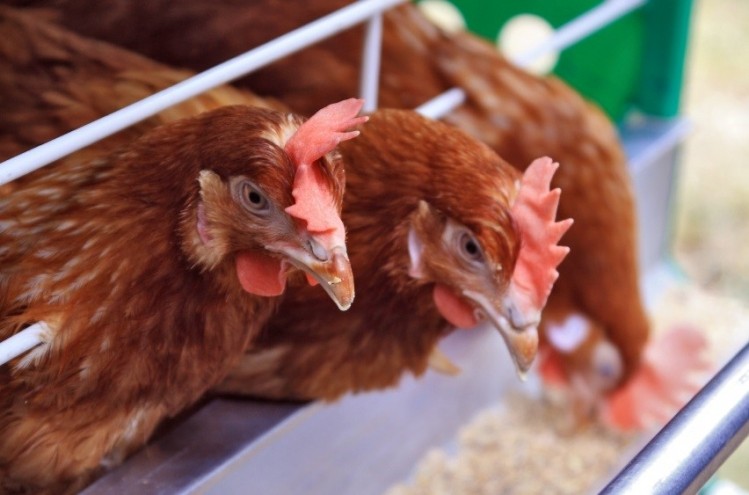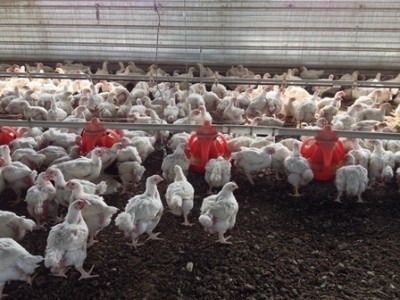Phytase super-dosing said to boost feed conversion in monogastrics

Current industry phytase dosing procedures along with shortfalls in tests on the feed ingredient are prohibiting optimum performance in monogastrics, says an expert.
We talked to Mike Bedford, research director at AB Vista Feed Ingredients, yesterday to hear more about how producers can maximize the use of phytase in feed.
Feed costs
The vast majority of commercial phytase use today focusses on the reduction of feed costs through sparing of inorganic phosphorus (P) and to a lesser extent calcium (Ca) sources, said Bedford.
He said the return on investment from a phytase can be as much as 10 to 1 and, as a result, it is not surprising that the use of the ingredient is almost universal in monogastric diets.
Most pig and poultry producers feed phytases at a fixed rate, typically 500 FTU per kg level, almost independently of the cost of inorganic phosphate and that of the phytase product.
But they could, in fact, dose in another way, said Bedford, and generate signficant savings while doing so.
Phytase super-dosing
He claims super-dosing of phytase could bring about an improved feed conversion ratio (FCR) in livestock.
“Super-dosing has been shown in six successive trials conducted in the US, Asia, UK and Brazil to give an average of a 4 point improvement in FCR when compared to a diet supplemented with a standard phytase dose,” said Bedford.
The method involves the addition of sufficient phytase to quickly destroy all phytate present in the diet at inclusion levels of 1500 FTU per kg of feed or greater of an enhanced E.coli phytase.
“As phytate is an anti-nutrient, this will lead to performance improvements in the target animal greater than those expected from the simple release of nutrients due to added phytase.
“Benefits in performance, bone strength, fat digestibility and antioxidant status have been found with feeding higher levels (at least 1,000 to 2,000 FTU per kg) with no nutrient sparing beyond the first 500 FTU per kg of feed,” he added.
Though for super-dosing to succeed, he added, the phytase must be capable of working at very low IP6, IP5, IP4 and IP3 concentrations in order to ensure IP6 and IP4 levels are minimized and inositol production is maximized.
Inositol is a nutrient generated by complete phytate hydrolysis and is said to promote growth and feed efficiency even in phosphorus deficient poultry and pig diets.
Accurate phytase testing
“The phytases currently on the market differ markedly in this capacity, and as a result likely differ in their ability to deliver on superdosing,” said Bedford.
Thus more accurate testing of commercial phytases is needed, he said.
Data generated by on-farm trials typically fail to produce valid, repeatable results, said the AB Vista expert.
He said simply comparing recommended doses against one another is no longer good enough:
“What is now required to ensure phytase dose response is a standardized trial protocol that will accurately and reliably evaluate different phytases on an equivalent basis.”
Current shortfalls include a failure to accurately assess the level of phosphorus (P) deficiency in test diets, insufficient P deficiency to allow full expression of each phytase on test, and single dose rate trials that overlook differing phytase concentrations, said Bedford.
Impact assessment
“The starting point has to be test diets sufficiently deficient in available P (avP) to ensure a marked reduction in feed intake and a clear impact from the test phytases, with that deficiency accurately determined by adding increments of 0.05% avP until normal performance is restored,” he said.
Testing each phytase at rates calculated to release 0.05, 0.10 and 0.15% avP, rather than at specific dose rates will then establish directly comparable dose-response curves, said Bedford.
“Backed up by growth data and key bone measurements such as bone ash weight, and related to recommended dose rates and cost per ton of feed treated, the result is a dataset that can add real value when determining which phytase will deliver the best commercial return,” he added.













